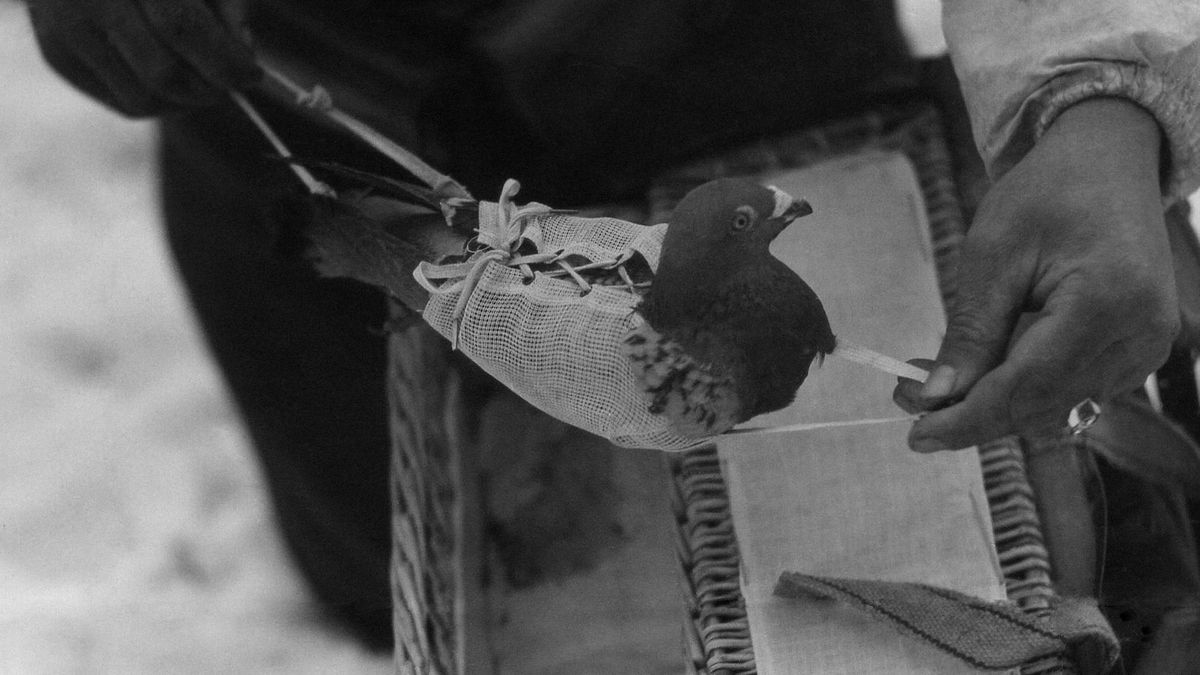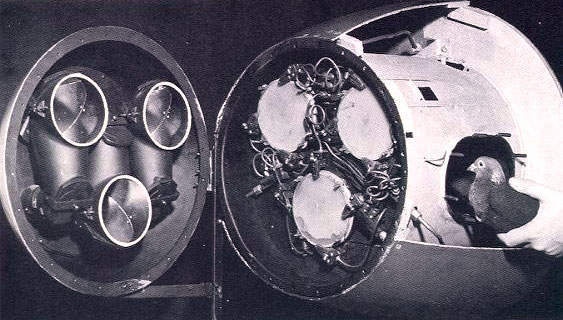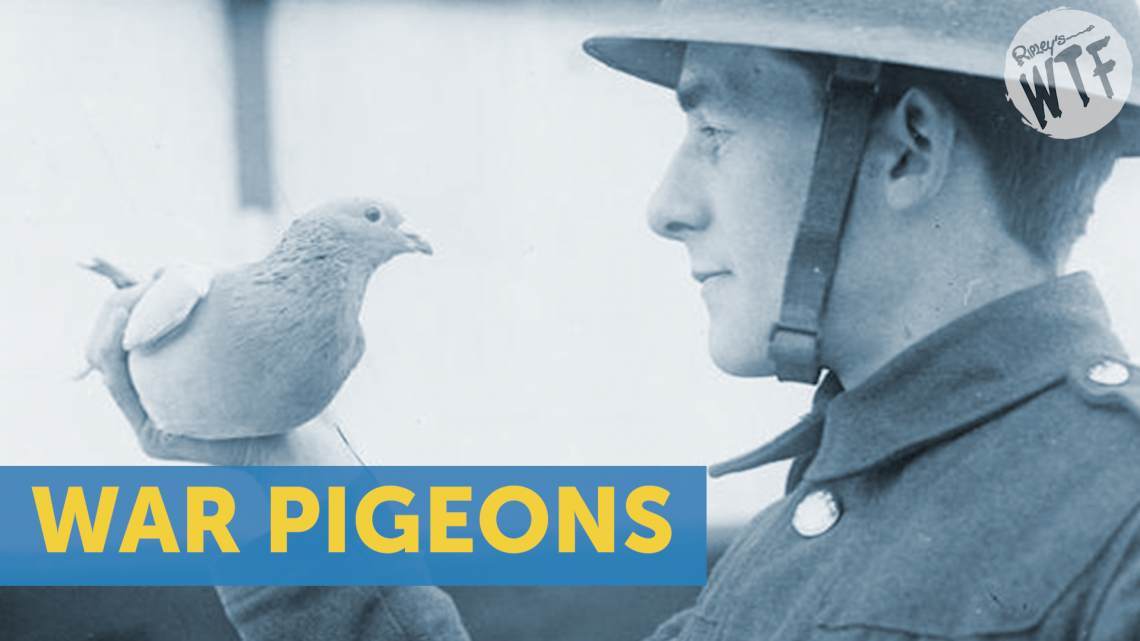War Pigeons
Pigeons have been recorded being used in warfare as far back as the Roman Empire. They can be trained to return to specific locations, and are strong enough to carry small messages.
Pigeons themselves are capable of incredible physical feats. They can launch themselves to 60 miles per hour from a standstill in just two seconds and are capable of flying hundreds of miles in a matter of hours. They can navigate home from remote and strange locations by detecting the Earth’s magnetic fields, making them almost perfectly built for delivering messages on the battlefield.
Even after the proliferation of wireless radio technology in the early 20th century, soldiers still insisted on carrying pigeons into both World War I and World War II. Radio may have been practically instantaneous, but it was not yet reliable. Radios were expensive, heavy, delicate, and needed trained operators to work them. On many occasions, a unit in dire need of rescue would be faced with a busted radio and turn to a pigeon as their only means of asking for rescue.

Infantrymen would carry pigeons with their wings wrapped in a cloth vest, and then clip the birds to their uniforms the same way they might attach any other piece of equipment. Messages could then be loaded into containers on the bird’s leg or into a canister on their back before being set free. Once the bird got its bearing, it headed for the roost it had been trained to receive food and shelter at. A team of communications specialists monitored these roosts at all times, ready to coordinate action on the battlefield.
Foot-soldiers weren’t the only ones to use pigeons. Tanks would often have holes big enough to release pigeons, and even aviators were trained to toss messenger pigeons from their cockpits so that the bird wouldn’t get caught in the propeller.
After realizing their potential for sending messages, the military tried to find other uses for pigeons. Aerial reconnaissance was still a tricky task with early airplanes, so pigeons were fitted with small micro-film cameras and sent into the air to take photos of enemy territory. These brigades of spy pigeons could take 200 photographs during a single flight and were mostly employed by Germany.
Renowned behaviorist B.F. Skinner got in on the pigeon craze during World War II as well. He consulted on a project to produce a pigeon-guided bomb. A bomb would be placed on a glider, then piloted by a pigeon that was trained to fly towards a specific target.

While these other eccentric uses for pigeons didn’t prove very successful, pigeons were proven messengers. Many pigeons would earn medals throughout the war. A pigeon named Cher Ami, received the Croix de Guerre—an honor shared with legendary American general George S. Patton! Another pigeon, named William of Orange, was honored for flying over 250 miles with a distress call that is credited with saving 2,000 soldiers. William made the long journey in just a few short hours, suffering injuries along the way and landing with an injured leg. In total, 32 pigeons have been awarded Dickin Medals—the animal equivalent of the Victoria Cross.










Very creative stories about anzac